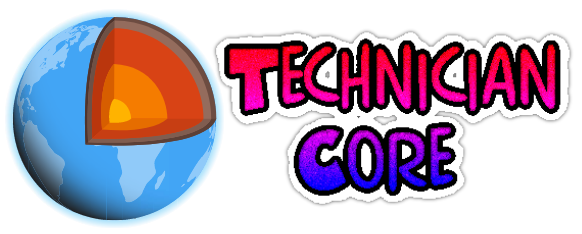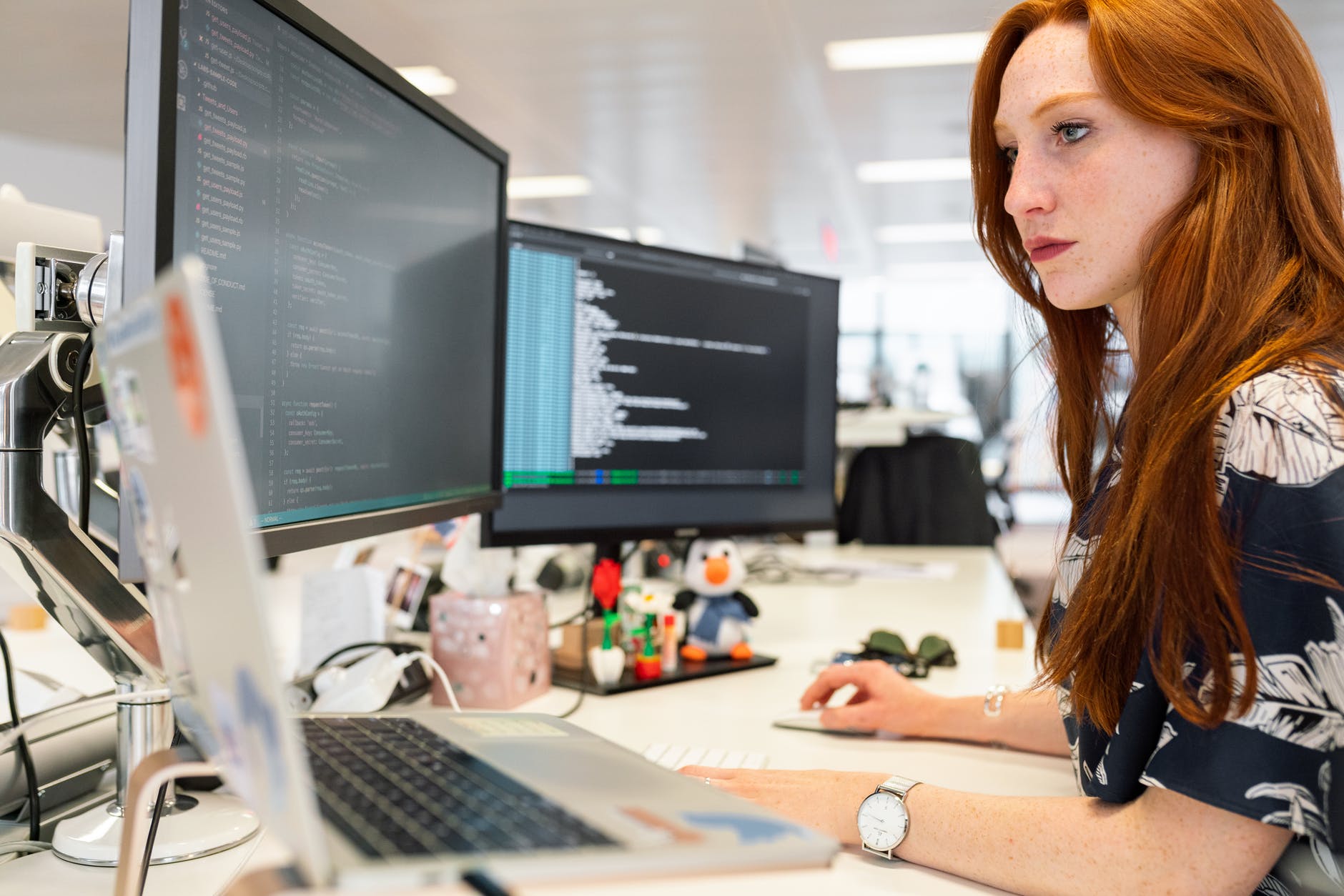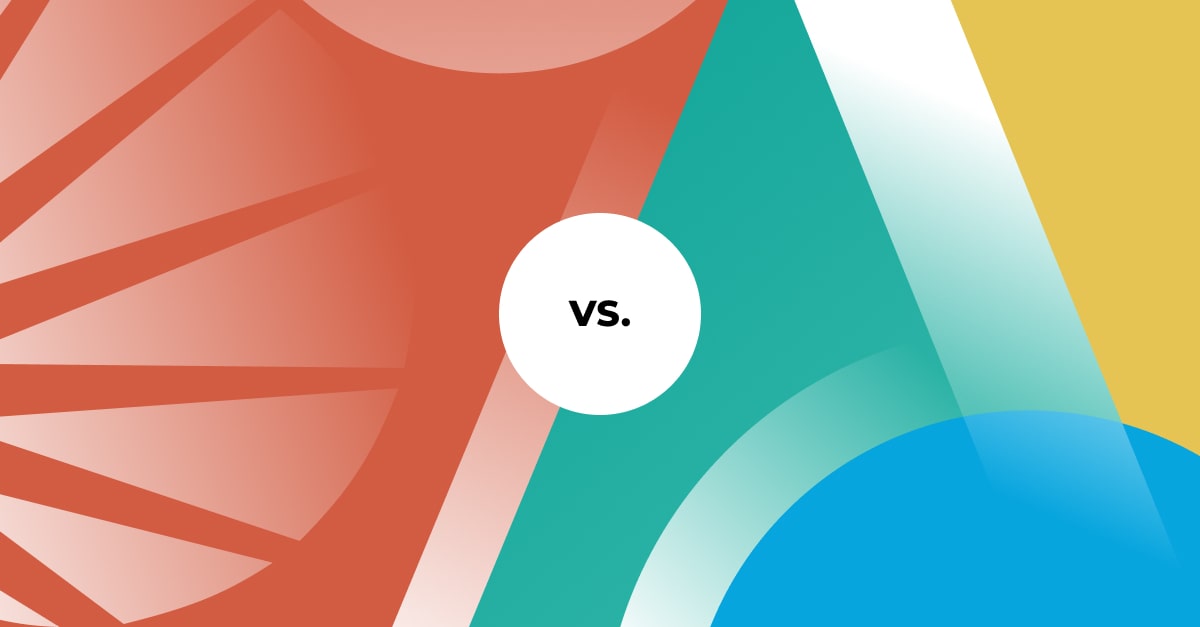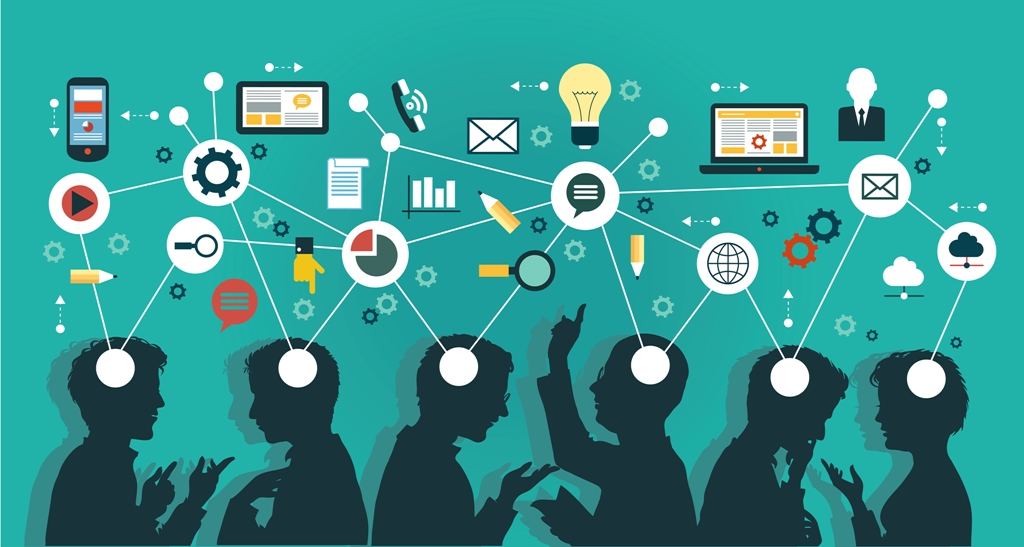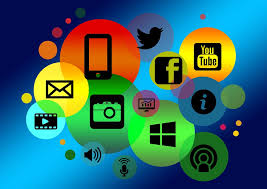In line with quite a few web pages, Python is without doubt one of the most well-known coding languages of 2015. Alongside with presently being a superior-level and common-intent programming language, Python can also be item-oriented and open up supply. On the actual time, a glorious variety of builders all through your entire world have been making use of Python to make GUI functions, web sites and cellular functions. The differentiating facet that Python gives to the desk is that it permits programmers to flesh out ideas by producing much less and readable code. The builders can additional contemplate good thing about quite a few Python frameworks to mitigate the time and exertion wanted for setting up big and sophisticated software program program packages.
The programming language is presently staying utilized by a number of significant-visitors web pages which embrace Google, Yahoo Teams, Yahoo Maps, Linux Weekly Data, Shopzilla and Web Therapy. Likewise, Python additionally finds good use for producing gaming, cash, scientific and tutorial functions. Having stated that, builders nevertheless use distinctive variations of the programming language. In accordance to the utilization statistics and market share information of Python posted on W3techs, at current Python 2 is getting utilized by 99.4% of web pages, whereas Python 3 is presently being utilised solely by .6% of web-sites. That’s the reason, it turns into vital for every particular person programmer to understand distinct variations of Python, and its evolution about a number of a few years.
How Python Has Been Evolving over the A long time?
Conceived as a Ardour Programming Venture
Even with presently being a single of probably the most well-known coding languages of 2015, Python was initially conceived by Guido van Rossum as a pastime process in December 1989. As Van Rossum’s workplace remained closed at some point of Xmas, he was looking out for a pastime challenge that may retain him occupied in the midst of the vacation seasons. He ready to provide an interpreter for a brand new scripting language, and named the duty as Python. Consequently, Python was at first supposed as a successor to ABC programming language. Following producing the interpreter, Van Rossum produced the code neighborhood in February 1991. Nonetheless, at present the open useful resource programming language is staying managed by the Python Software program Basis.
Mannequin 1 of Python
Python 1. was launched in January 1994. The most important launch offered a wide range of new options and sensible programming gear together with lambda, filter, map and reduce. The version 1.4 was launched with many new capabilities like search phrase arguments, created-in help for intricate numbers, and a important type of data hiding. The important thing launch was adopted by two slight releases, version 1.5 in December 1997 and version 1.6 in September 2000. The model 1 of Python lacked the options equipped by standard programming languages of the time. However the preliminary variations established a dependable foundation for enhancement of a strong and futuristic programming language.
Mannequin 2 of Python
In Oct 2000, Python 2. was produced with the brand new itemizing comprehension attribute and a garbage assortment system. The syntax for the itemizing comprehension factor was inspired by different helpful programming languages like Haskell. However Python 2., in distinction to Haskell, gave want to alphabetic search phrases round punctuation figures. Additionally, the rubbish choice method effectuated assortment of reference cycles. The important thing launch was adopted by a number of insignificant releases. These releases further a quantity of efficiency to the programming language like help for nested scopes, and unification of Python’s courses and types right into a solitary hierarchy. The Python Software Basis has presently introduced that there could be no Python 2.8. Nonetheless, the Foundation will provide assist to version 2.7 of the programming language until 2020.
Version 3 of Python
Python 3. was unveiled in December 2008. It got here with a quite a lot of new capabilities and enhancements, alongside with a amount of deprecated traits. The deprecated capabilities and backward incompatibility make mannequin 3 of Python totally distinctive from beforehand variations. So loads of builders even now use Python 2.6 or 2.7 to avail the traits deprecated from final main launch. Nonetheless, the brand new capabilities of Python 3 constructed it further modern and well-known. Fairly just a few builders even switched to variation 3. of the programming language to avail these superb attributes.
Python 3. modified print assertion with the developed-in print() function, despite the fact that letting programmers to make use of tailor made separator regarding strains. Additionally, it simplified the foundations of ordering comparability. If the operands are usually not structured in a purely pure and significant buy, the shopping for comparability operators can now enhance a TypeError exception. The model 3 of the programming language additional extra employs textual content and data alternatively of Unicode and 8-little bit strings. Whereas managing all code as Unicode by default it signifies binary particulars as encoded Unicode.
As Python 3 is backward incompatible, the programmers are usually not capable of entry attributes like string exceptions, previous-model courses, and implicit relative imports. Additionally, the builders needs to be accustomed to modifications produced to syntax and APIs. They’ll use a instrument often known as “2to3” emigrate their software program from Python 2 to three effectively. The instrument highlights incompatibility and locations of concern on account of suggestions and warnings. The responses allow programmers to make enhancements to the code, and enhance their current functions to the most recent model of programming language.
Most up-to-date Variations of Python
At present, programmers can choose presumably model 3.4.3 or 2.7.10 of Python. Python 2.7 permits builders to avail enhanced numeric coping with and enhancements for typical library. The variation additional extra tends to make it simpler for builders emigrate to Python 3. Alternatively, Python 3.4 will include varied new options and library modules, safety enhancements and CPython implementation enhancements. Nonetheless, a spread of capabilities are deprecated in each of these Python API and programming language. The builders may even now use Python 3.4 to avail steering within the for an extended interval run.
Version 4 of Python
Python 4. is predicted to be available in 2023 after the launch of Python 3.9. It would include capabilities that may help programmers to modify from variation 3 to 4 seamlessly. Additionally, as they achieve experience, the skilled Python builders can contemplate fringe of a number of backward acceptable options to modernize their present functions with no placing any additional effort and time and arduous work. Nonetheless, the builders proceed to have to carry out fairly just a few a few years to get a transparent {photograph} of Python 4.. Nonetheless, they need to observe probably the most present releases to simply migrate to the variation 4. of the well-known coding language.
The version 2 and mannequin 3 of Python are completely varied from every particular person different. So each single programmer ought to grasp the traits of those distinct variations, and evaluate their efficiency based mostly on sure wishes of the job. Additionally, he calls for to look at the model of Python that every framework helps. Nonetheless, each developer should simply take good thing about probably the most up-to-date mannequin of Python to avail new attributes and lengthy-time interval assist.
Harri has an avid fascination in Python and likes to web site attention-grabbing stuff concerning the know-how. He not way back wrote an attention-grabbing Python web site on http://www.allaboutweb.biz/group/python/.
